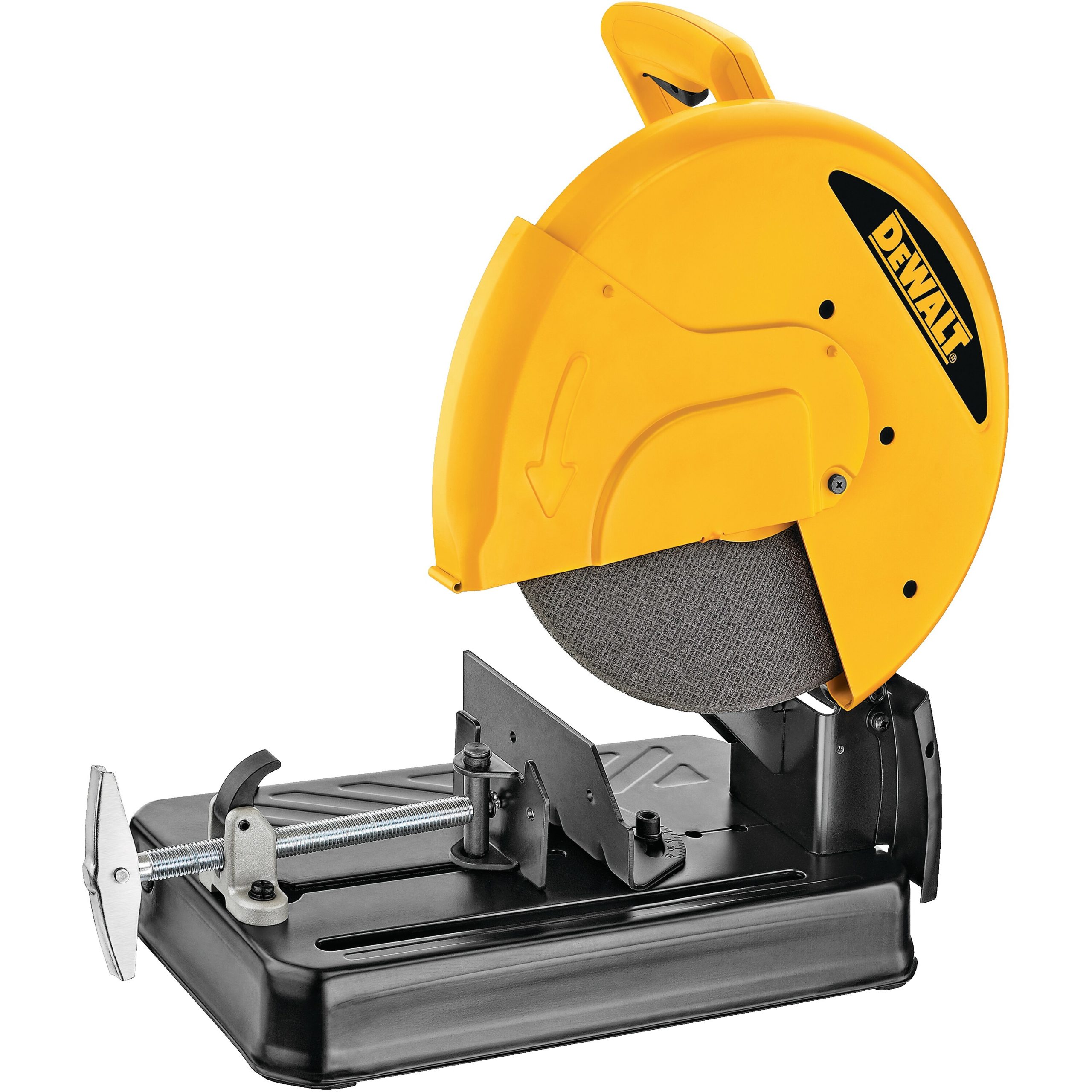What is a chop saw? It’s a type of power tool with a circular blade that spins at high speed. They are often used in carpentry and woodworking, but how do you swivel one?
Chop saws can be dangerous if not handled properly – so how do you know how to operate them correctly? Read this article for all the information on how to swivel a chop saw!

Steps on Swivelling a Chop Saw
Step 1. Ensure the blade is off and not spinning. Bring your saw towards you, with one side of the arm parallel to the tabletop. They must be both in contact with a surface as this will help stop any kickback from occurring; it also helps avoid injury if something goes wrong
Step 2. Turn on the motor and position the saw blade so it is parallel to your arm
Release your grip on the handle and swivel it outwards, towards you. This should ensure that both arms are touching a surface for stability; if not any kickback could cause harm or injury
Step 3. Continue until reaching your desired angle then turn off the motor.
With the arm still parallel to the tabletop, grip the handle again and move your saw to a 90-degree angle.
Step 4. Twist on the handle until you reach 180 degrees or desired angle; swivelling is important because it reduces how much effort is needed to switch angles
Step 5. Turn off the motor when in position. To get back from the 90-degree angle back to the starting position, use the same steps as before
To start again and cut another line in wood, turn saw off then on. Then swivel how you need it for cutting a different line
This process is also possible with other types of power tools such as sanders or drills; remember that they need to be off before swivelling them
What is Chop Saw?
A chop saw is a type of power tool that allows for cutting through various types of wood and metal materials. They are typically used in carpentry, home construction, or other industries where making accurate cuts is important to how the piece will fit together.
The name “chop” comes from how it was first designed: with an axe type handle, and the head of a saw. The first chop saw was presented in 1874 by Jerry Finch; it became popular with how easy it was to use when cutting wood or metal pieces up for construction purposes.
It is still used today, though modern versions have been designed that are easier to hold and control as well as more ergonomic.
Features of Chop Saw
A blade is usually inserted between the teeth of a rotating circular saw, how it fits in and how well it does its job depends on how it was designed to fit with the head of the chop saw. The most common types are a tenon style where blades can be more easily removed; the other type is called a tenon-less, which has a more rigid design.
The blade itself can be any number of different shapes and sizes depending on how the user wishes to use it; blades are usually made out of metal though some have teeth made from carbide or diamond material.
Various types of blades can be used on a chop saw, such as the mitre-cut blade which is commonly preferred by carpenters since it has rounded teeth and cuts well without chipping or splintering materials; this type of blade also reduces how much vibrations you feel when cutting through the workpiece.
You can find the mitre-cut blade at any major hardware store or online, and it’s typically sold by how many teeth are on the blade – so you want to aim for a saw that has 12-inch blades with 24 teeth since they’re suitable for general use.
How to Care for Chop Saw Blades
Step 1. Chop saw blades are a high-maintenance item and need to be cared for to ensure that they stay sharp and do not begin to pull or get stuck on the material being cut.
There is an oil called blade coolant which lubricates how the metal slides against one another when it cuts, this can make cutting easier; there are also other oils that help to clean the blade, but they may not be worth using if it is a carbide tooth as this type of material does not need extra protection.
Step 2. The blades can be cleaned with an oily rag or by wrapping them in cling wrap and leaving them overnight under running water; how long you let the blade soak in water will depend on how dirty it is and how much oil you are trying to get off.
Step 3. There is also the choice of using an abrasive solution that may be more effective in getting rid of stubborn build-ups, such as rust or paint; this however should only be used if the blade has been given a thorough cleaning with soap first.
Step 4. The blades should be stored in a dry place out of direct sunlight so that it doesn’t develop rust.
Blades are typically mounted on the side or top of the chop saw, but you can also mount them underneath as well to give yourself more room for cutting long lengths and boards with no need to tilt the saw up; however, this is not recommended for everyday use.
